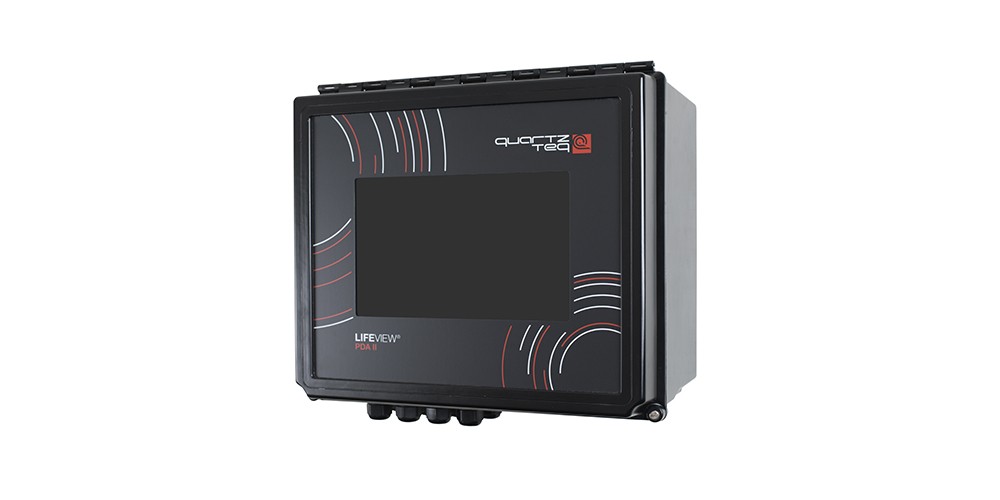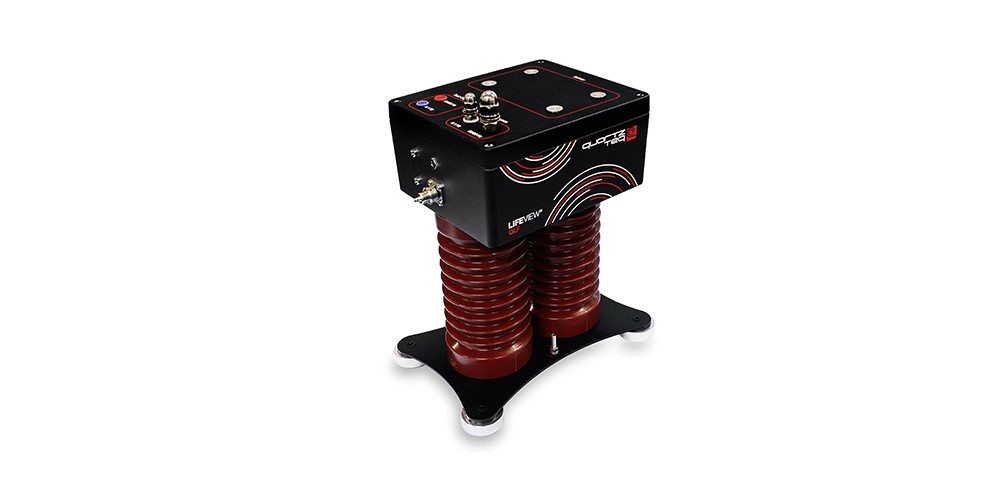NEWS
Quartzelec’s intervention enables Tata Steel to minimise costs and limit lost productivity during critical armature replacement

12 December 2015
Thanks to ongoing electrical inspections and prompt intervention by Quartzelec, working closely with the in-house team, a critical failure was prevented to the F5 armature at the Tata Steel (Margam) operation in Port Talbot, South Wales, which could have resulted in a significant loss of steel production; along with a lengthy rebuild programme and an expensive repair bill.
During a scheduled visual inspection in mid-September 2015, a gap between the coupling boss and armature shaft shoulder on the 30-tonne electrical F5 armature on a finishing drive in the hot-mill motor room was first noted. With further close inspections conducted over the next few weeks it was concluded that the coupling had and was continuing to move off the armature, thrusting the entire element towards the non-drive end and risking failure of the drive and impacting production
“While this movement was initially measured at only a few millimetres, within two weeks significant movement had been noted, having increased by approximately 17.5mm off its mid bearing clearance,” explained Simon O’Leary, from Quartzelec’s Swansea office and the manager for this project. “This gave us a suspected clearance between the commutator risers and baffle of around five millimetres, so we immediately advised Tata that if the armature remained in operation, the commutator risers and baffle would ultimately come into contact and major damage to the equipment would almost certainly result. As the problem was getting progressively worse we recommended immediate action be taken and a four day window the following week was subsequently allocated and preparations for the work commenced.”
The four day maintenance window would result in the hot mill productivity at the site falling to just 37% of capacity during the period, so meticulous advanced planning and logistical scheduling and implementation would be required to minimise the impact of this. Experience also indicated that the four day timeframe was achievable and realistic, particularly as a serviceable replacement and other key materials, along with all the necessary heavy lifting equipment, were already available on-site.
The proposed plan was to bring in a six man Quartzelec team during the day, supported by an additional five man Quartzelec team working the night shift, along with Simon O’Leary being on‑site and on-call 24/7, acting as the liaison with Tata management and engineers, plus other involved parties, throughout the process. A schedule for the £30k project was subsequently put together and accepted, covering all the necessary work. In addition to stripping down and replacing the failing armature this would see the associated gearbox stripped and inspected by the Tata Area Engineering team to try and determine the root cause of the problem. Then at 06:30 on Tuesday 6th October this programme was put into effect.
Stripping down and replacing the F5 armature was always going to be quite a complex process and once the gearbox had been uncoupled, activities subsequently included: removing all brushes, springs, encoder and monitoring devices, along with the top bearing caps; disconnecting fields, interpoles and compensating windings at mid-point on both sides and both ends; electrically disconnecting the cooling fan motors and then also mechanically disconnecting the top half of the brush gear from bottom half and placing it into a holding area. It was then possible to unbolt the main covers and remove them from the main body and unbolt the top half of main carcass, releasing the coils on both sides, thereby enabling the removal of the armature and bearings from the pedestals. With a thorough inspection completed the spare armature, which had already been fitted with the new bearings, could then be positioned into the existing pedestals. All the associated elements were then refitted and reconnected prior to a controlled run of motor and successful commissioning being carried out.
Thanks to industrious efforts of all Quartzelec and Tata staff involved and the meticulous planning which helped facilitated the mechanical works carrying on unhindered by ‘crane sharing’, the armature replacement was completed ahead of the anticipated deadline. Ultimately, having on‑site access to key components and materials, combined with the advanced work and logistical processes being initiated, all proved to be critical in the timely completion of the works and resulted in the mill being fully operational some 10 hours ahead of schedule.
“We were delighted by the combined efforts throughout all phases of the replacement process and because the new armature performed as expected from the outset we were more than happy to dispense with the need for a progressive ramping-up and so transitioned back into full operation straight away,” stated Mark Davies the Tata Steel Mill Manager.
He continued: “When the armature had been removed a detailed inspection was eventually possible and we calculate that we were only a couple of hours of operation away from the critical failure happening. We are acutely aware of the ‘financial risks’ and how close we came to a critical failure which we estimate would have cost the best part of £250,000 and a number of weeks to put right if the necessary spares could have been sourced. The importance and value of regular visual and instrumented inspection cannot be underestimated and this is a perfect example of getting it right. Having to reduce production capacity for a few days and incurring a cost of £30k for the urgent, but none-the-less planned and coordinated downtime to implement the replacement, was a real result. Fitting the new bearings to the spare armature ahead of installation also proved to be a vital factor in reducing the anticipated turnaround time and this advanced preparation helped factor in a welcome contingency margin which in this instance wasn’t required.”
The damaged armature and coupling was then transported back to Quartzelec’s Rugby facility and the cause of the coupling movement, and subsequent vibration and overheating of the Gearbox pinion investigated. The cost of a complete overhaul programme was also put together for Tata based on the armature being completely stripped and rebuilt so that it can be returned to the Port Talbot works and held as a spare to meet future potential maintenance requirements along with other additional spares including brush arms, a set of field coils, interpole coils and other associated components. Quartzelec is also working with the Tata Area Engineering Team to prevent this issue reoccurring by designing and implementing an improved coupling hub fitting system.
In addition to relying on Quartzelec engineers every few months to undertake a variety of scheduled specialist support and maintenance projects at the Tata (Margam) operation, which produce up to 3.5 million tonnes of hot and cold rolled steel coils per annum for a variety of different end uses, Tata Steel also regularly calls upon Quartzelec to undertake critical but vital projects at short notice at a number of its facilities.
“Being able to call upon the knowledge and experience the Quartzelec team has continues to prove invaluable in helping us maintain our performance and production,” concluded Kevin Chappell, engineer at the Port Talbot works. “This is particularly advantageous when we run into a problem as they are also able to assign a qualified team, often at really short notice, to help identify and subsequently solve almost any electrical problem and they have successfully done this for us on a number of occasions!”
Rue des Finettes 54
1920 Martigny
Switzerland
















